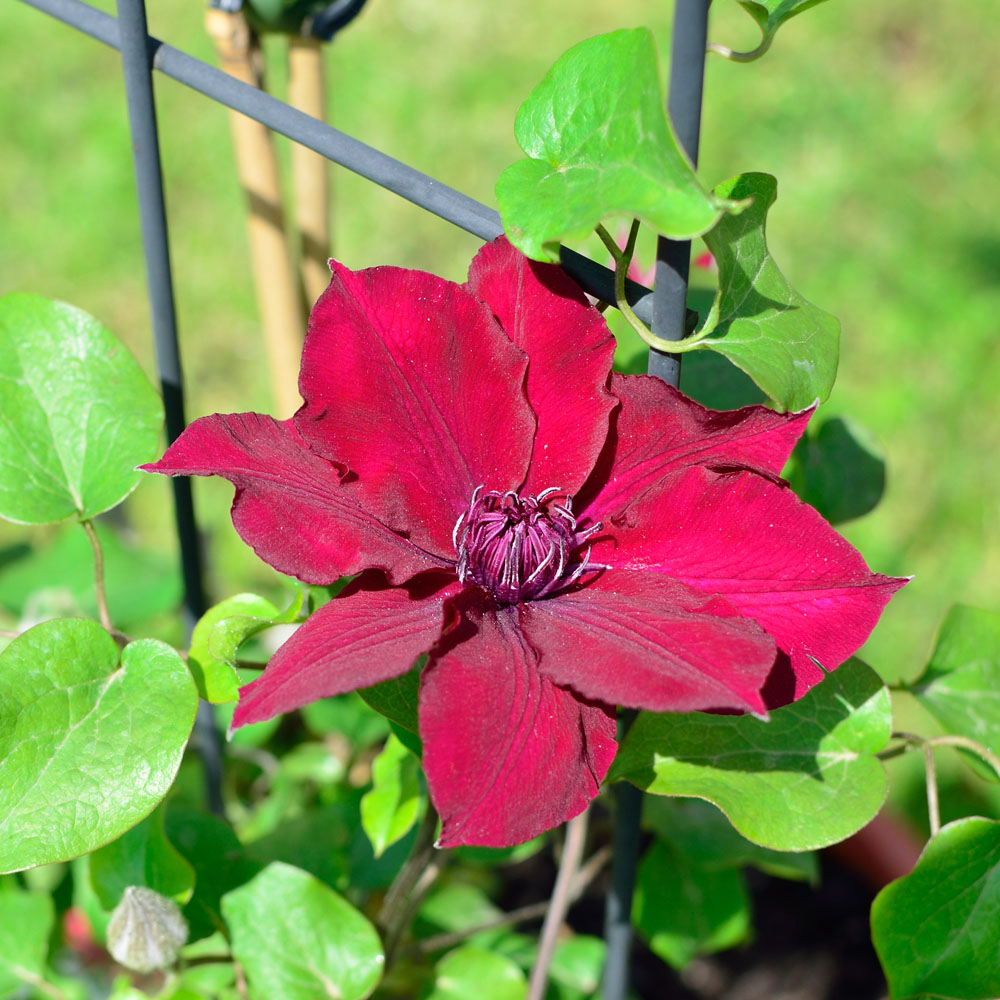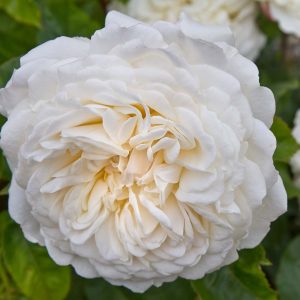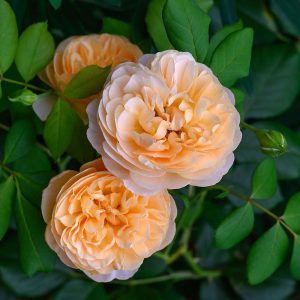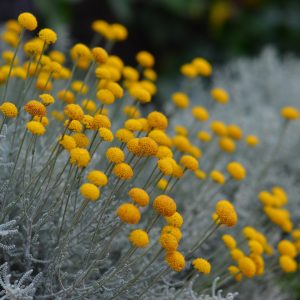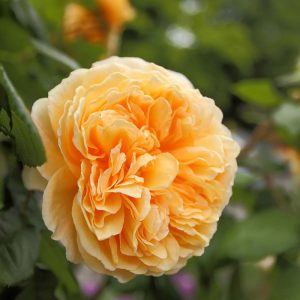Description
Clematis ‘Nubia’ is a relatively new cultivar, having been introduced in 2018 by renowned clematis breeder Raymond Evison. It was launched at the Chelsea Flower Show that same year. The flowers of Clematis ‘Nubia’ are particularly striking, with deep red tepals that surround a dark center. They create a bold and eye-catching display that looks best in a sunny or partially sunny spot in the garden. Despite its impressive flower size (up to 15cm!) and color, Clematis ‘Nubia’ is a relatively compact plant that is well-suited to growing in patio containers, pots, or planters. It can also be trained to climb up walls, trellises, or arbors. Overall, Clematis ‘Nubia’ is a popular and attractive choice for adding vibrant red color and interest to a garden or landscape. Its compact size and stunning flowers make it a versatile option for growing in a variety of outdoor spaces.
Key Facts
- Common Name(s):Clematis ‘Nubia’
- Hardiness:Fully hardy
- How big will I get? Clematis ‘Nubia’ can grow to a height of 1.2m and a spread of 1m.
- Did You Know That:The first clematis hybrid was created in 1858 by French horticulturist Josephine de Beauharnais?
Plant Calendar
A rough guide to how this plant will change through the year.
| Jan | Feb | Mar | Apr | May | June | July | Aug | Sept | Oct | Nov | Dec | |
| Flowering Time |  |
 |
 |
 |
 |
|||||||
| Foliage Colour |  |
 |
 |
 |
 |
 |
 |
 |
 |
| J | F | M | A | M | J | J | A | S | O | N | D |
 |
 |
 |
 |
 |
|||||||
 |
 |
 |
 |
 |
 |
 |
 |
 |
Care Guide

Soil Requirements
Clematis ‘Nubia’ prefers moist but well-draining soil. This plant is not tolerant of acidic soil, it requires either a neutral or alkaline soil to grow.

Best Position
Clematis ‘Nubia’ can handle either an exposed or a sheltered position and can cope with either full sun or partial shade.

Maintenance
Clematis ‘Nubia’is a repeat flowering clematis, flowering once at the start of Summer on previous years growth, and then again later in Summer on fresh growth. Therefore ideally it should be pruned twice, once in early Spring and then again after the first flush of flowers. When pruned in early Spring, you should aim to keep a strong framework of old growth, which will produce the first flush of flowers, however cut back some stems to the top pair of healthy buds, this is done to promote fresh growth. After the early Summer flowers, you should cut back all flowered stems to a bud or strong side shoot.

Pest, Diseases and Wildlife
Clematis ‘Nubia’ can have problems with aphids, snails and caterpillars., it can be vulnerable to certain diseases such as clematis wilt. It is toxic to cats, dogs and horses.
